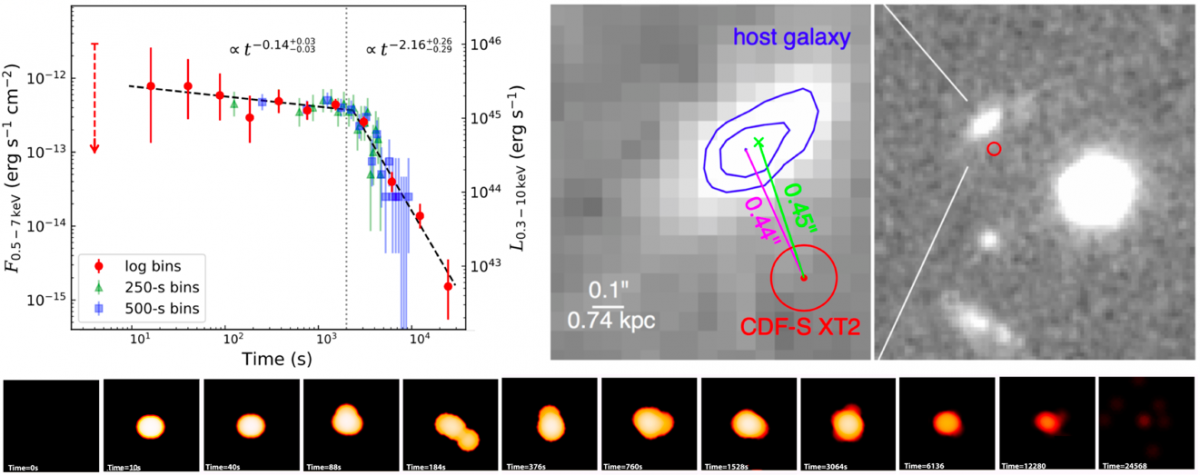Figure 1. Artist’s impression of the magtenar. Credit: Guoyan Wang, Cong
A bright X-ray burst within a galaxy 6.6 billion light years from Earth has been detected by NASA’s Chandra X-ray Observatory. This event is likely to be the emission from a neutron star merger produced magnetar – a new, heavier, highly magnetized neutron star. It is a totally new signal from neutron star binary mergers, and an evidence that the merger of two neutron stars could result in a magnetar, not only a black hole.
When neutron star mergers, they emit gravitational waves – ripples in spacetime, and the gravitational wave signal can be detected by the advanced Laser Interferometer Gravitational-Wave Observatory (LIGO) if it is nearby. GW170817 is the first and prominent neutron star merger in the news.
If it is far away, a different signal is needed to see it.
A gamma ray flash – gamma ray burst -- is one such signal if a pair of highly collimated high energy particles and radiation – jets – are produced. Now, astronomers have found another, a bright flare of X-rays.
The source appeared on March 22nd, 2015. Chandra observed the source as it suddenly appeared and then faded away after about seven hours. It is the second mysterious X-ray transient from Chandra and is dubbed XT2. The source is located in the Chandra Deep Field-South, the deepest X-ray image ever taken that contains almost 12 weeks of Chandra observing time, taken at various intervals over 16.4 years.
“We’ve found a completely new way to spot a neutron star merger,” said Yongquan Xue from the University of Science and Technology of China and lead author of a paper appearing in Nature. “The behavior of this X-ray source matches what one of our team members predicted for these events.”
The researchers considered the likely origin of XT2 by studying how its X-ray light varied with time, and found its behavior matches the predictions of neutron star binary mergers made in 2013 by one of the corresponding authors of the paper Bing Zhang, Professor of University of Nevada, Las Vegas.
The team think that the neutron star binary mergers and produced a new, larger neutron star – magnetar. The magnetar lost energy in the form of an X-ray-emitting wind, slowing down its rate of spin as the source faded. The amount of X-ray emission stayed roughly constant in X-ray brightness for about 30 minutes, then decreased in brightness by more than a factor of 300 over 6.5 hours before becoming undetectable.
This result is important because it gives astronomers a chance to learn about the interior of neutron stars, objects that are so dense that their properties could never be replicated on Earth.
“We can’t throw neutron stars together in a lab to see what happens, so we have to wait until the Universe does it for us,” said Zhang. “If two neutron stars can collide and a heavy neutron star survives, then this tells us that their structure is relatively stiff and resilient.”
The team also considered whether it is the collapse of a massive star that have produced XT2, rather than a neutron star merger. The source is located in the outskirts of its host galaxy, which aligns with the idea that the neutron star binary was kicked when that second supernova exploded, and it took a few billion years before they merged. The galaxy itself also is more consistent with the type of galaxy where neutron star mergers expected to occur – a galaxy with a low rate of star formation compared to galaxies with similar masses, while massive stars are young and are usually associated with high rates of star formation.
The host-galaxy properties of XT2 indeed boost our confidence in explaining its origin,” said co-author Ye Li, a postdoc fellow of the Kavli Institute for Astronomy and Astrophysics (KIAA) at Peking University, and who made host galaxy analysis and gamma ray burst comparison.
The team estimated the rate at which similar events show occur, and found it to be consistent with that deduced from GW170817.
“We've started looking at other Chandra data to see if similar sources are present”, said co-author Xuechen Zheng, also of the University of Science and Technology of China. “Just as with this source, the data sitting in archives might contain some unexpected treasures.”
“The serendipitous discovery of XT2 makes another strong case that nature’s fecundity repeatedly transcends human imagination,” said co-author Niel Brandt of the Pennsylvania State University and principal investigator of the relevant Chandra Deep Field-South.
This finding was published in the April 10th issue of Nature, with a title “A magnetar-powered X-ray transient as aftermath of a binary neutron star merger”. NASA's Marshall Space Flight Center in Huntsville, Alabama, manages the Chandra program for NASA's Science Mission Directorate in Washington. The Smithsonian Astrophysical Observatory in Cambridge, Massachusetts, controls Chandra's science and flight operations.

Figure 2. Upper Left: X-ray lightcurve of XT2. Upper Right: HST image of the XT2 Host galaxy. Lower panels: Chandra images of XT2
Original Paper:
Xue, Yongquan, et al. A magnetar-powered X-ray transient as aftermath of a binary neutron star merger https://rdcu.be/bvP9B
NASA News:
https://www.nasa.gov/mission_pages/chandra/images/a-new-signal-for-a-neutron-star-collision-discovered.html